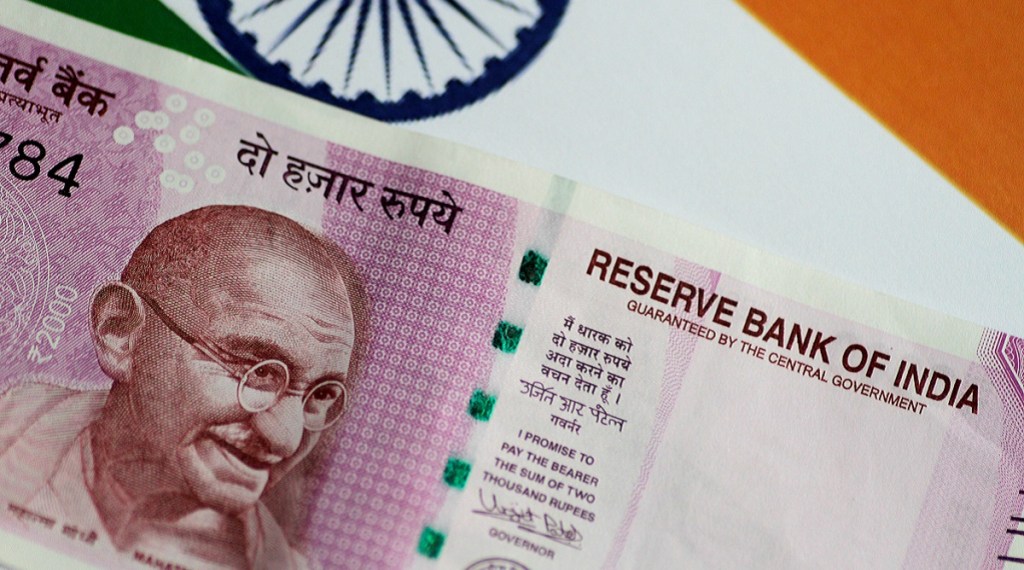– By Rohit Agarwal
The Indian Federal Budget has done enough to not change any views on the market in the near term. The market was skeptical while going into the budget, where it was expected that the budget might turn out to be populist. Instead, it turned out to be a pretty good budget. The budget ticked almost all the checkboxes.
The budget delivered on most counts. There was no slippage on the fiscal deficit for the current year. The revenue assumptions and fiscal deficit assumptions for the next year seem plausible. There was a major push towards capital expenditure in the budget. Capex has the best GDP multiplier for a country, so that was very encouraging.
After the event, now, it’s back to earnings, macro and valuations for the market. In the recent past, there has been some drawdown in the Indian markets. India has considerably underperformed some of the emerging markets like China in the last 3-4 months. Hence, India’s premium to other emerging markets has shrunk, albeit it is still high. There may be some more underperformance in the near term after which India will again start to look attractive.
In the near term, there have been a spate of negative events for a particular corporate group, which has also played its part in the current volatility. However, as the dust settles down, markets will start focusing on earnings which eventually will drive the markets higher or lower.
Significant medium-term opportunities exist for growth which are driven by current low penetration levels that have considerable room to rise, market share shifts, and the global need to de-risk supply chains. As our per-capita GDP moves closer to around USD 4000 by FY28 and USD 5500 by FY32. This, along with deeper penetration, will throw up opportunities across the consumer space. Staples is likely to be driven by continued premiumization, increased salience of the digital ecosystem and new specialized categories. Discretionary, on the other hand, will be driven by premiumization, a shift to the organized segment and greater penetration. Private banks are gaining share. In the past decade, they gained a 1,400bps share in deposits and 1,800bps in credit – still just ~37% of the system, implying ample room for growth. Insurance, too, is under-penetrated across categories, e.g., life insurance sum assured to GDP at 25% is lower than China’s 95%, Japan’s 252% and US’s 332%.
India is now competitive vis-à-vis other APAC countries in terms of manufacturing competitiveness. The reduction in corporate tax rates in 2019 and initiatives like single-window clearances have been positive factors. PLI schemes aimed at boosting domestic manufacturing are broad-based and have attractive incentives, with decent initial traction in consumer electronics and select pharma. The need for global players to diversify & de-risk their supply chains is aiding multiple industries. The chemicals industry is an example of significant developments over the past decade and is now expanding toward higher complexity, backed by R&D investments.
India was the fifth largest economy in 2022. The IMF estimates that India will become the third-largest economy by 2027, accounting for ~4% of global GDP. India has been growing at anywhere between 300-500 bps higher rate than the world. With very strong drivers in place such as favourable demographics, healthy corporate and bank balance sheets, a strong manufacturing push with a focus on self-reliance, investments to support clean energy aspirations, public capex, digitalization / formalization & dominance in services, we believe that medium-term growth of at least 6% for the foreseeable future is achievable even with more conservative assumptions. We believe India is well positioned on various aspects of macro stability in the years to come.
All of these factors will likely ensure mid-teens earnings CAGR for Corporate India for a few years to come, which will in turn drive markets. However, saying that I see India’s underperformance coming to an end, and would be a buyer in the market on further underperformance from here on. Will start accumulating on dips.
(Rohit Agarwal is the Executive Vice President & Equity Fund Manager at Kotak Mahindra Life Insurance Company Limited. The views and opinions expressed in the column are teh author’s personal).

